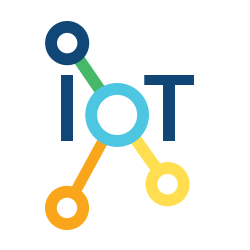The availability of IPv6 on a machine, even via transition technologies like 6to4 or Teredo, should increase the number of usable peer connections that the Bitcoin client has at its disposal; IPv6 should open up new opportunities for direct peering that couldn’t happen automatically behind NAT
The InterPlanetary File System is a data model and a protocol designed to create a content-addressable, peer-to-peer method of storing and sharing data in a distributed file system. IPFS was initially designed by Juan Benet, and is now an open-source project developed with help from the community. IPFS aims to replace HTTP and build a better web for all of us. Content stored in IPFS cannot be controlled by censorship.
In 2014, the IPFS protocol took advantage of the Bitcoin blockchain protocol and network infrastructure in order to store unalterable data, remove duplicated files across the network, and obtain address information for accessing storage nodes to search for files in the network.
The basics
IPV6 DEPLOYMENT
- The key incentives for IPv6 deployment include the operational simplification that comes from removing overlapping address space from the network, the reduced costs of managing such complex networks and the safe-guarding against shocks to networking business that could arise from additional address space being unavailable at a crucial time.
- As a result, many larger enterprises, such as Microsoft, are now taking steps to turn IPv4 off, running IPv6-only within the company. In a recent blog, the company describes their heavily translated IPv4 network as “potentially fragile”, “operationally challenging”, and with regard to dual stack operations (i.e. those running IPv4 and IPv6 simultaneously) “complex”. For Microsoft, turning on dual stack operation and then turning IPv4 off is expected to reduce cost and introduce efficiencies.
- In its 2018 report on the state of IPv6 deployment, the Internet Society found that, while levels of IPv6 adoption were increasing, only 25% of all internet-connected networks advertise IPv6 connectivity. In the same report, Google reports that 49 countries deliver more than 5% of traffic over IPv6 and 24 countries whose IPv6 traffic exceeds 15%.






